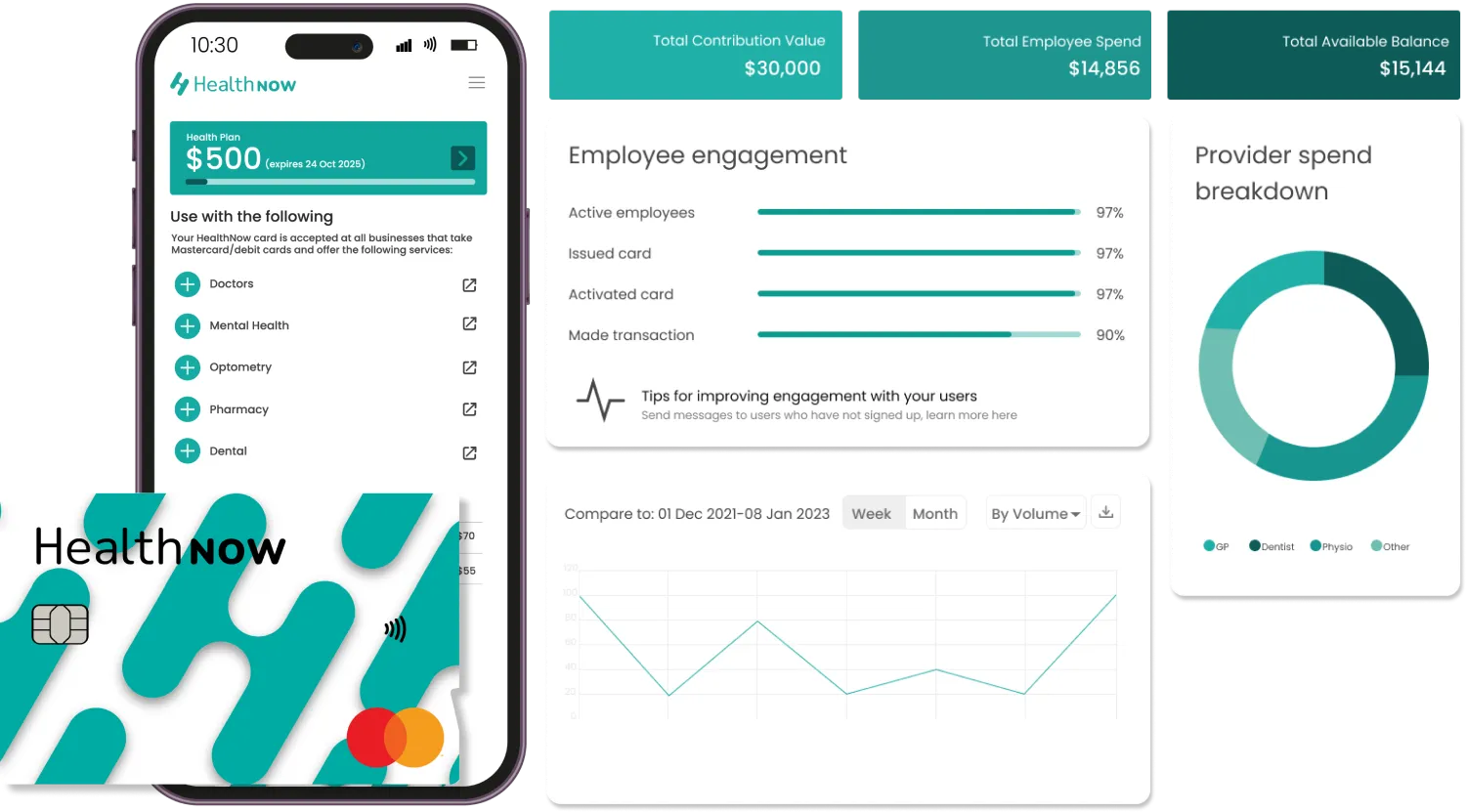New research published a couple of months ago in July 2022 has sent a powerful message: working on our balance is not just important for our overall physical health and well-being, but it has proven to be a predictor of death and survival in adults aged between 51 and 75 years.
Here’s a look into what the research found, what it all means, and how you can access strength, mobility and balance training now at a fraction of the upfront cost to support your wellness – and potentially your lifespan – in the decades to come.
Good Balance Is Related To Longer Survival Rates
A long-term overseas study observed and assessed over 1700 adults over a period of twelve years. During this time, they completed physical exams, as well as having many data points collected, ranging their anthropometric measurements to their medical history and medication use. While measurements like weight, height, the girth of their waist, waist-height ratio, body-mass index (BMI), and the sum of their six skinfolds were collected, one important and surprising measurement was the ability to perform a standing balance test.
Specifically, participants were asked to stand with bare feet on one foot that they chose. They were positioned on top of a firm, flat platform and asked to place their hands by their sides while keeping their head straight and eyes facing forwards. A timer was started, and each participant was evaluated on their ability to maintain this stance for just ten seconds. Every person had three attempts.
Balance Test Results
The results were not surprising – as people fell into the older age brackets, their ability to successfully perform the test declined. Specifically, only 46% of those aged 71 to 75 years could complete the balance test, compared to a 95% pass rate in adults aged 51 to 55 years. But this isn’t what surprised the researchers. Given that this was a long-term study where they followed the participants over many years, later data analysis revealed that of those that failed the test within any age bracket – even after the data had been adjusted to control for their health status – those that failed the test had an 84% higher risk of dying in the following seven years compared to those that passed the test. This made balance (and therefore all of the factors that contribute to balance), a predictor of death in this study.
What Explains These Results?
There are a lot of factors that must be considered when evaluating these results. An important one is that having reduced balance (and not being able to complete the test) means a much higher risk of having a fall. Falls bring with them a significant risk of injury and physical impairment, which then further reduces strength and mobility. Falls are also the leading cause of injury-related deaths for those aged over 65 years. Here in New Zealand, approximately one in three adults aged over 65 years will have a fall each year – and it’s important to note that many of these falls are preventable.
How To Improve Balance At Any Age
It is never too early or too late to start working on your balance – and therefore your strength, mobility and flexibility. Our top starting point is to work with an experienced health professional. This is because health professionals take a unique and tailored approach to working with you that considers your medical history, injury status and general health status while also ensuring your plan meets your personal preferences and goals. This means your success rate in staying with this program is much higher compared to being given a one-size-fits-all program that may not be compatible with your life.
Practitioners involved in improving your balance can include:
- Podiatrists: Working with a podiatrist is shown to reduce a person’s falls risk (indicating better strength and balance) by 36%. Podiatrists can help address factors like your footwear, foot problems through custom foot orthotics, and treat foot and leg problems that may be affecting your balance.
- Physiotherapists: physiotherapists can create custom movement and balance programmes, as well as get you measured for a walking frame or stick. They can also address musculoskeletal problems with your upper body that may be affecting your balance.
- Exercise physiologist: exercise physiologists can prescribe custom programs focusing on using strength and exercises to best support your balance and reduce your falls risk.
- Doctors: balance is often multi-faceted and can be affected by things like your medication. This is something you can discuss with your doctor to come up with a strategy that best supports your balance throughout daily life.
- Optometrists: vision is strongly associated with accidental falls and having your balance thrown off. To maintain our balance and recognise where we are at any point of time, we must organise the information coming in through our eyes with our proprioceptive information and our vestibular system. Optometrists can help correct vision disturbances to help support your balance.
- Hearing specialists: hearing loss can actually lead to balance disorders. Our ears are involved in more than just hearing – most of the vestibular system, which helps you maintain balance and let you know where you are in space, is deep in the inner ear.
Get Help With Your Balance Without The Upfront Cost
While all New Zealanders deserve the right to get help to improve their balance and reduce their risk of falls, thereby supporting a longer life, paying for an appointment with one or more of the health professionals we listed can put people off seeking the treatment they need, especially if they don’t have the money available in their bank account straight away.
This is where New Zealand’s leading health-focused Buy Now, Pay Later (BNPL) platform, HealthNow, has stepped in to bridge this gap at no cost to health consumers. Your total appointment cost, including the cost of any products you purchase, is spread over up to twelve weeks, leaving your upfront cost at only a fraction of what it would otherwise be.
Unlike other BNPL services that charge fees or interest, which further disadvantages those that are trying to be proactive about their health, HealthNow remains completely free to users, and the health clinics you visit still get paid in full by HealthNow on the day of your appointment. This win-win platform is transforming healthcare access for New Zealanders, enabling them to get the best outcomes for their health by not being forced to delay their care.
To start using HealthNow and claim your $10 credit when you first create an account to use on any health service, sign up here. You can also check out HealthNow’s full benefits and features, including a health wallet to store funds set aside for health services that can be contributed to by others, including your employer.
References
https://www.ncbi.nlm.nih.gov/pmc/articles/PMC3116775/







